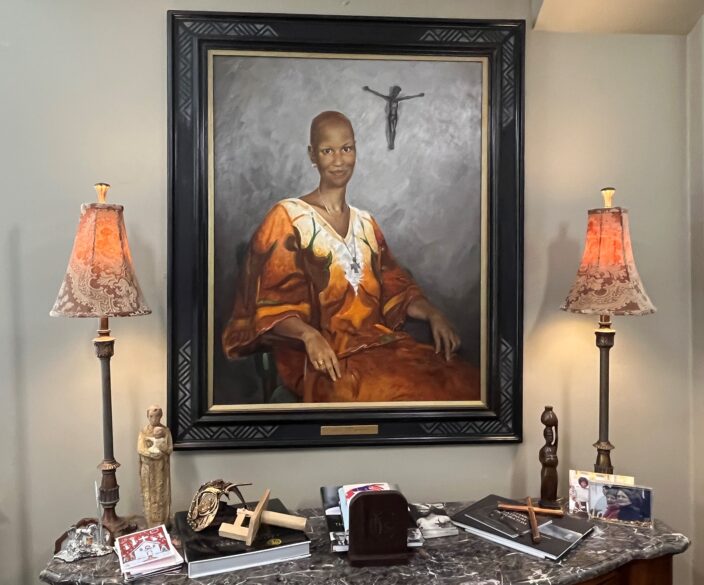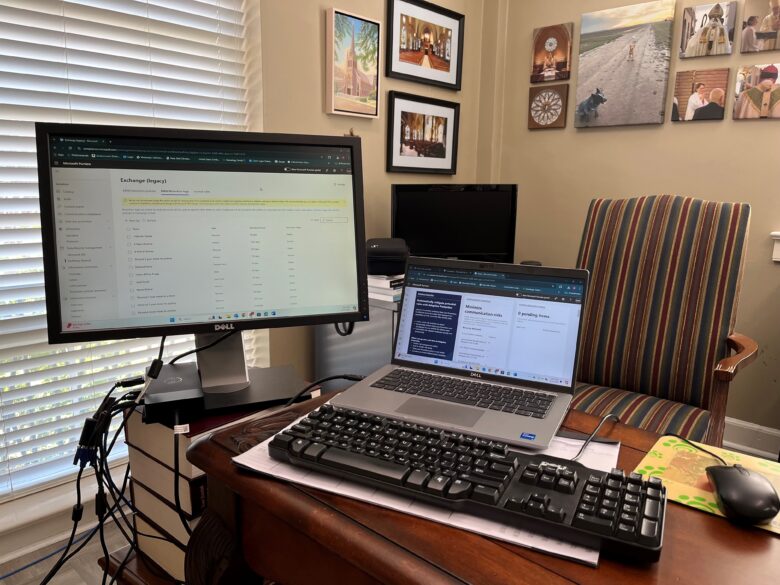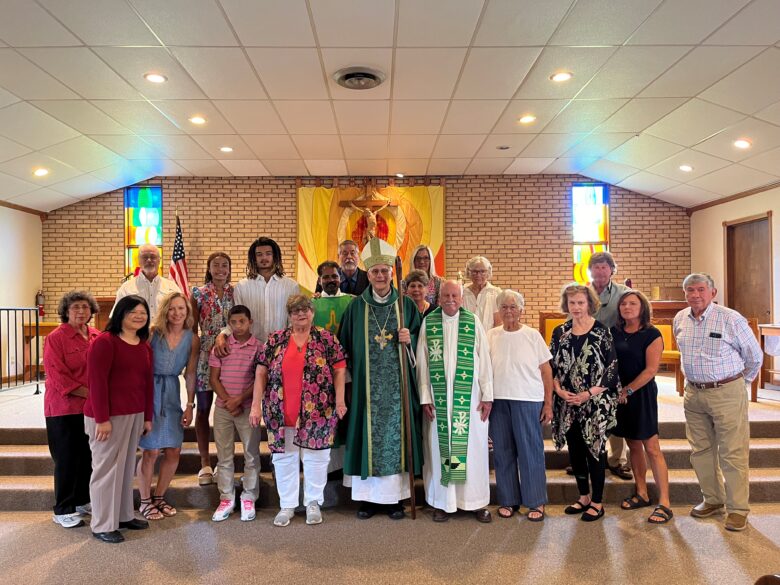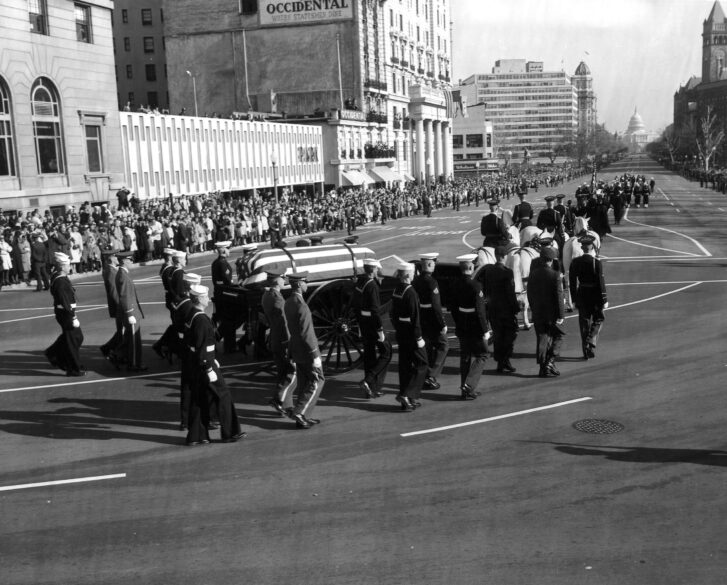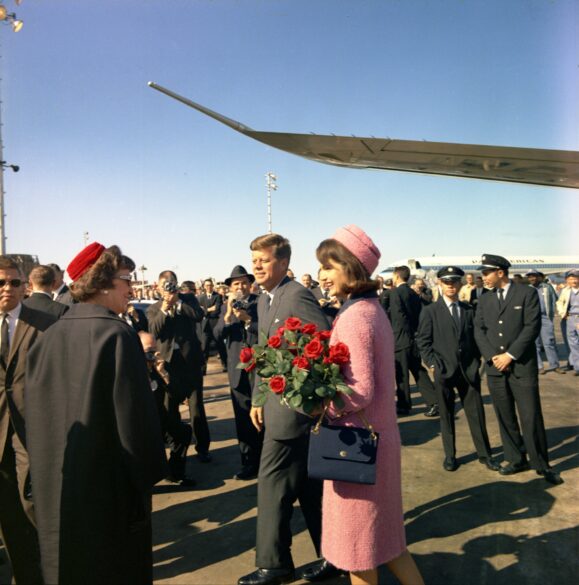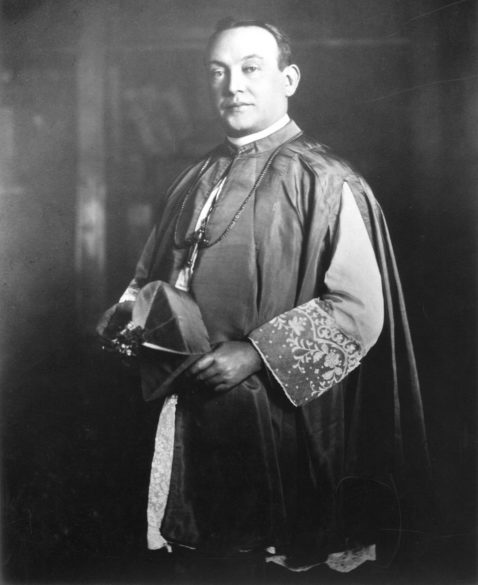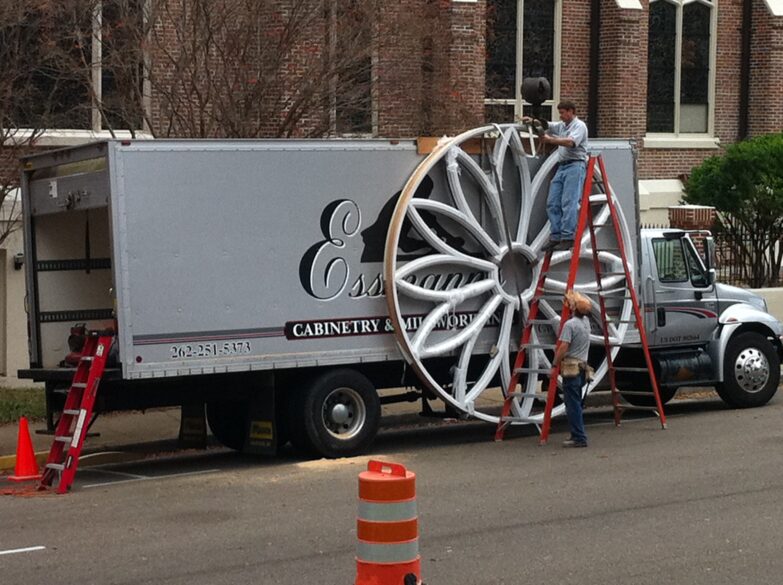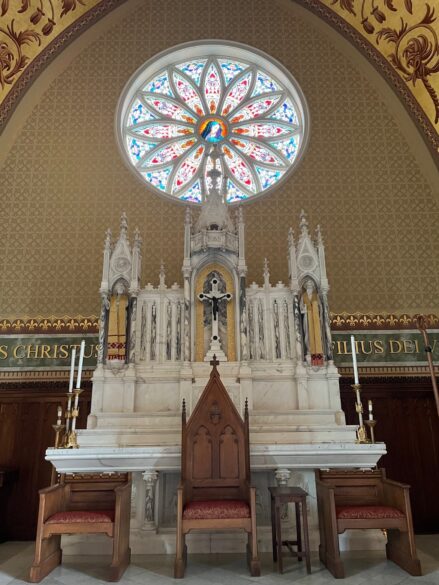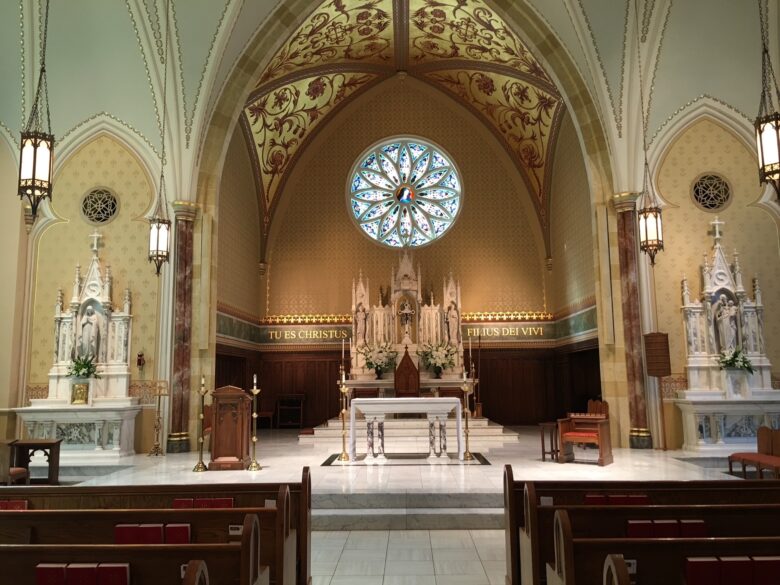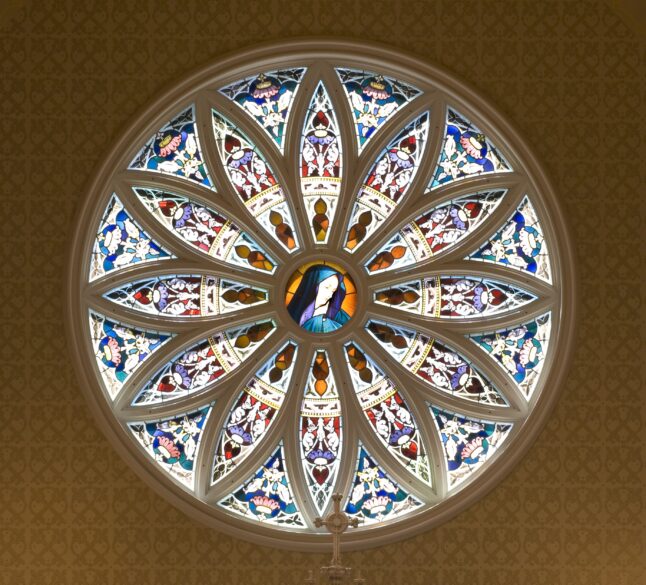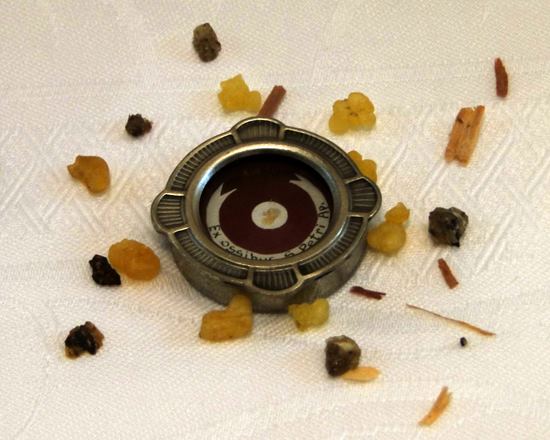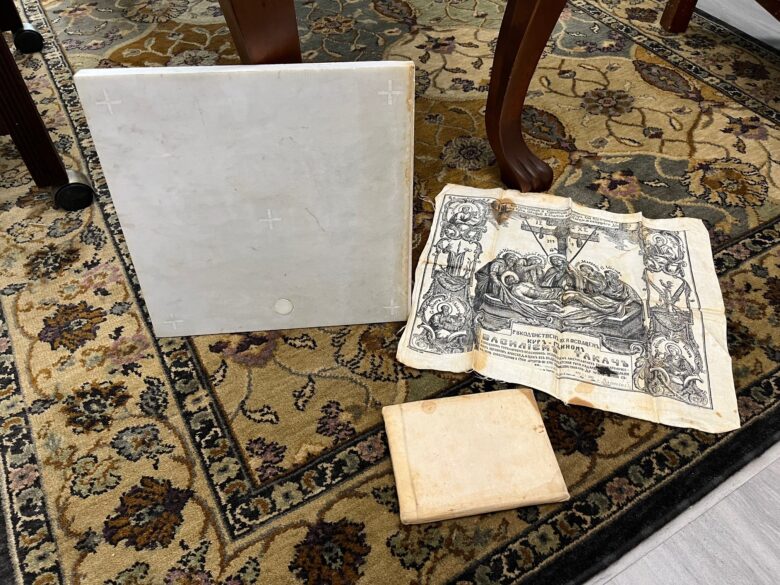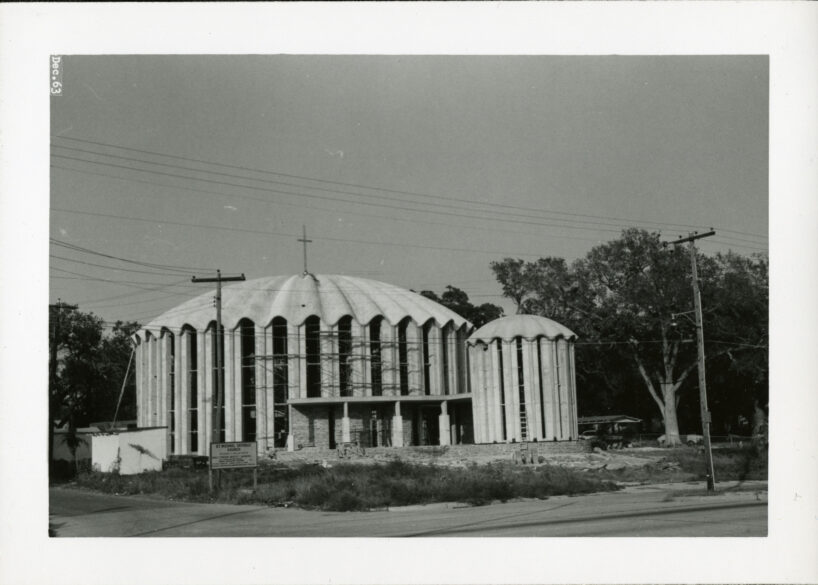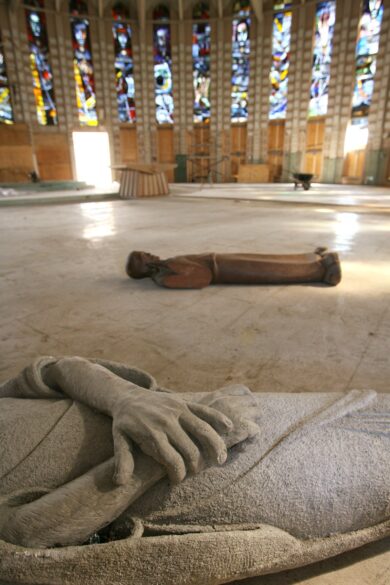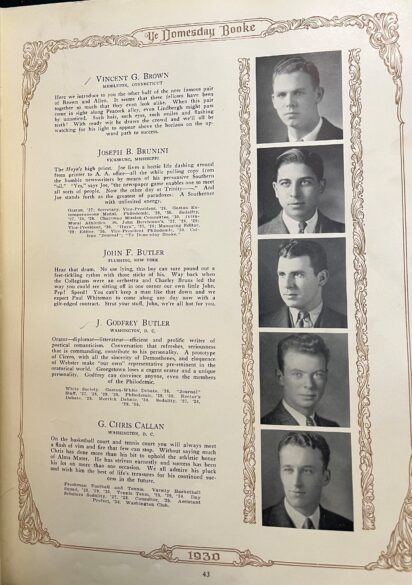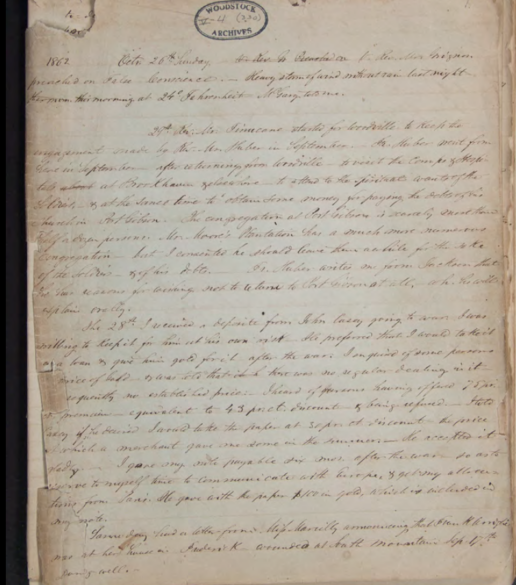From the Archives
By Mary Woodward
Over the past few years, I have written about our bishops and their adventures here in Mississippi. We have explored Bishop Chanche arriving at midnight on the docks in Natchez in May 1841; Bishop VandeVelde falling down the steps and breaking his leg in 1855; and Bishop Elder being exiled to Vidalia during the Civil War.
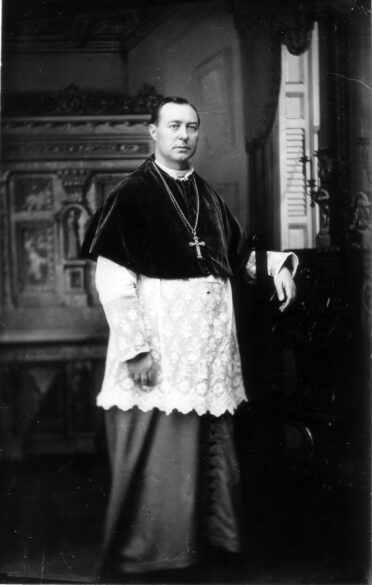
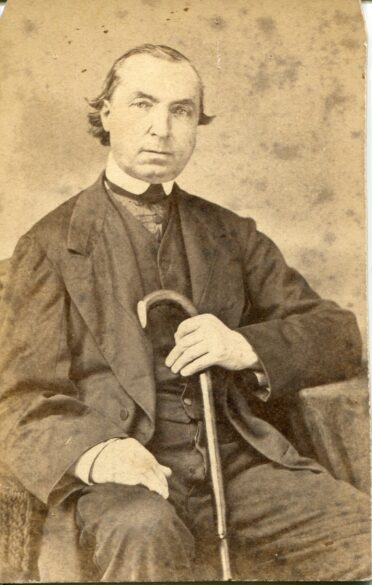
Bishop Francis August Janssens was appointed fourth Bishop of Natchez in 1881 by Pope Leo XIII. He served the diocese until 1888, when he was appointed Archbishop of New Orleans. (Inset) Msgr. Mathurin Grignon served under four bishops and served St. Mary Cathedral in Natchez (now Basilica) for over 37 years. (Photos from archives)
Bishop Gunn’s account of Bishop Heslin’s rolling out of a mule cart leading to his demise as well as the former surviving being poisoned in a bizarre assassination attempt on all of Chicago’s hierarchy during WWI. Bishop Gerow’s diary has educated us on great floods, WWII and Korea, the integration of Catholic Schools, and the beginnings of interfaith and ecumenical initiatives to address civil rights.
For the next two columns, I turn our attention to Bishop Francis Janssens, who served as the successor to Bishop W.H. Elder after he had been named Archbishop of Cincinnati in 1880. Bishop Elder departed Natchez in April 1880 leaving the long-serving Very Rev. Mathurin Grignon as rector of the Cathedral and administrator of the Diocese. Mathurin wrote often to Elder seeking advice on various issues.
On Feb. 23, 1881, a much-relieved Grignon received the news that the Holy See had appointed Rev. Francis Janssens as the fourth bishop of Natchez. What is unique about the appointment is that in 1873, Janssens had been appointed rector of the American College of Louvain in Belgium where he had completed his seminary training in 1867. However, Janssens never took up that assignment and in 1877 became administrator of the Diocese of Richmond and ultimately named as successor of Elder in 1881.
Let me backtrack a little and explain how Janssens ended up in Richmond. Gleaning from Bishop Gerow’s book on the Janssens administration, we learn Francis Janssens was born in 1843 in Tilbourg, Holland. At 13, he entered the seminary in Bois-le-Duc in the Netherlands and remained there for 10 years.
Janssens had a passion to serve as a missionary in the United States, so he applied to the American College in Louvain. Here he met Bishop John McGill of Richmond who had come to speak to the seminarians about the need for priests in his diocese. Janssens offered Bishop McGill his services and after completing his studies at Louvain and being ordained on Dec. 21, 1867, Janssens made his way to Richmond, Virginia to begin his life as a missionary priest.
Five years later, Bishop McGill was called home by the Lord in January 1872, and Janssens at age 29 became administrator of the Diocese until James Gibbons, Apostolic Vicar for North Carolina, was appointed as Bishop of Richmond in July. [Gibbons later went on to become Cardinal Archbishop of Baltimore.]
In late 1872, Janssens name was being proposed for the rector position at Louvain by the faculty there. In a letter to Bishop Elder, who was still in Natchez at the time, Father Pulsers, professor at Louvain, describes the great desire of all the faculty to have Janssens as the next rector citing his great intellect, respectability and orthodoxy.
Rome would desire the approval of the Archbishop of Baltimore; the mother see of the U.S., to complete the process. Back in Richmond, Bishop Gibbons was greatly opposed to losing a young, talented priest from his diocese, but in the end acquiesced.
In a letter dated March 13, 1873, Gibbons wrote to Elder of his approval of the appointment saying:
“You will rejoice to learn that I withdraw my objections, agreeing to part with Father J. on condition that a worthy priest to succeed him should arrive in Richmond before the future rector would leave.
“The loss of this good priest will, I fear, be a serious embarrassment to me. He is my factotum. I have unbounded confidence in his judgment, and a high appreciation of his solid, healthy piety. He is possessed of great calmness of character, and has, I think, sufficient firmness for the responsible situation for which he is destined.
“He lacks age which time will supply and has no physical strength to spare. I have no hesitation in strongly recommending him for the office though I will part with him with a heavy heart.”
In August of 1873, Janssens still had not left for Louvain and in fact he never did. Four years later in 1877 when Bishop Gibbons was elevated to the Mother See in Baltimore, Janssens again became administrator for the Diocese of Richmond.
When Natchez became vacant in 1880 due to Elder becoming Archbishop of Cincinnati, Janssens name was already on the minds of those in the right places and soon he was named the Fourth Bishop of Natchez by Pope Leo XIII.
Next time we will look at Bishop Janssens consecration and arrival in his new diocese. The descriptions of these events are quite rich.
(Mary Woodward is Chancellor and Archivist for the Diocese of Jackson.)

